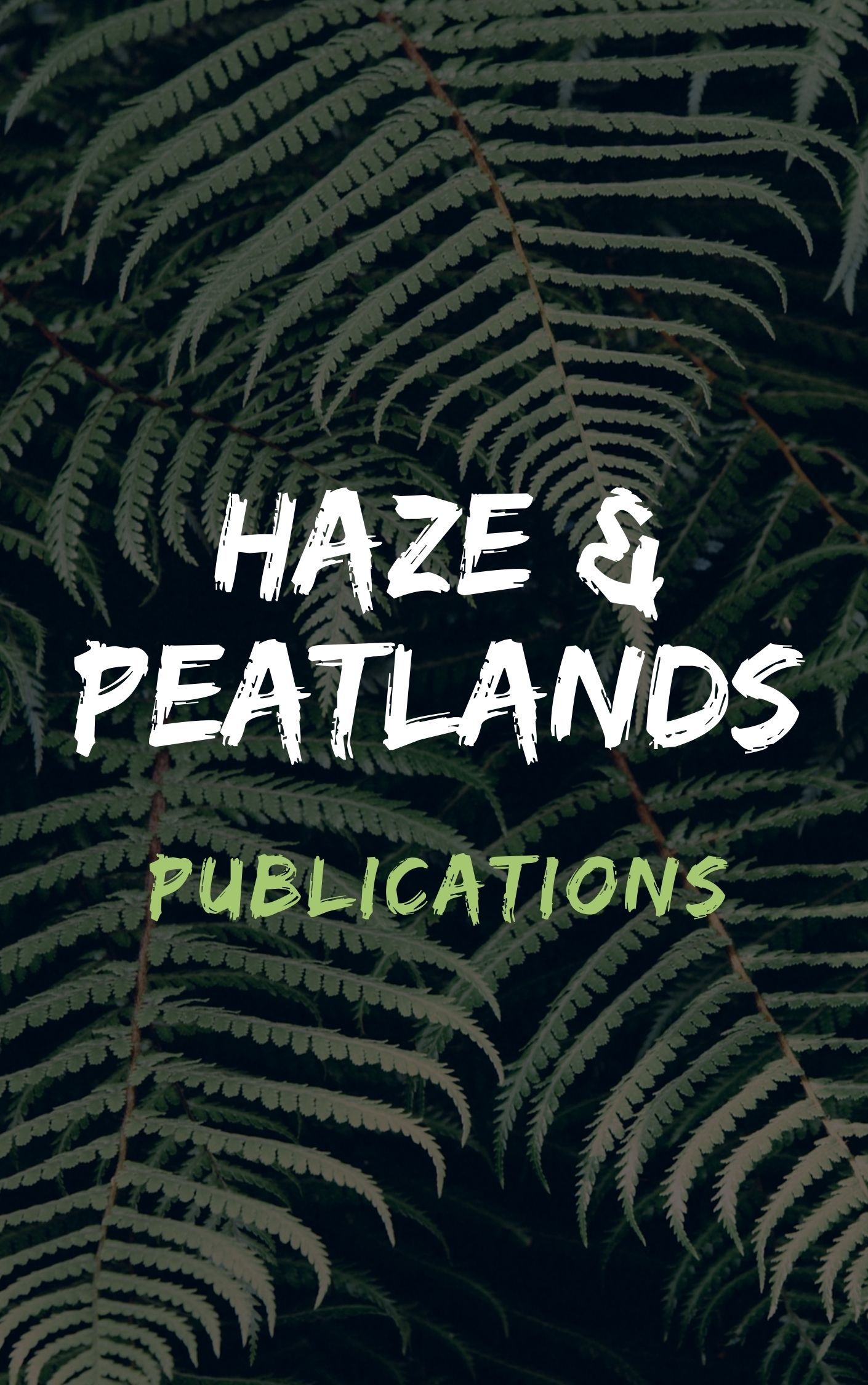The high demand and advantage of palm oil as vegetable oil for food and cosmetic products, and more recently for biofuels have led to the development of area dedicated to this crop, especially in South East Asia, and to some extent in South America and in Africa. In South Asia, where the highest production is recorded in Indonesia, the development of oil palm plantations has often been done at the expense of forests, causing changes in the atmospheric carbon dioxide (CO2) balance due to the land use changes and agricultural management practices. Several studies have emphasized the importance of quantifying the oil palm contribution to the global carbon budget. A Long-term spatial and temporal measurement during its 25-30 years of life-cycle is needed to provide an accurate CO2 balance assessment. One of the advanced methods is to directly measure CO2 fluxes across a relatively large area using a micrometeorological approach based on eddy covariance principles. This method can estimate time series of Net Ecosystem CO2 Exchange (NEE), Gross Primary Production (GPP) and ecosystem respiration (Reco) which are useful to assess carbon balance over an oil palm plantation. For that purpose, a flux tower of 25 m height, fully equipped with micrometeorological instruments, has been installed in 2011 in the center of a 90-ha plot of mature palms planted in Riau Province (Sumatra, Indonesia). The average oil palm canopies height was 18 m with an annual average air temperature of 26°C, 80% air humidity and a 2,500 mm average annual precipitation. The atmospheric conditions, seasonal variations and air pollutants such as haze, heavily influenced the CO2 flux measurement. During this 6 year of study, the mature oil palm agro-system acted as a carbon sink that assimilates CO2 from the atmosphere between 36 to 40 t CO2 ha-1 y-1 as NEE. This result was the balance between emission assimilation of 209 t CO2 ha-1 y-1 (GPP) and release back to the atmosphere of between 138 and 173 t CO2 ha-1 y-1 through respiration (Reco). These variations on the CO2 fluxes were mainly caused by seasonal patterns with a significant contribution of wet and dry days. © 2019 Published under licence by IOP Publishing Ltd.
View source

